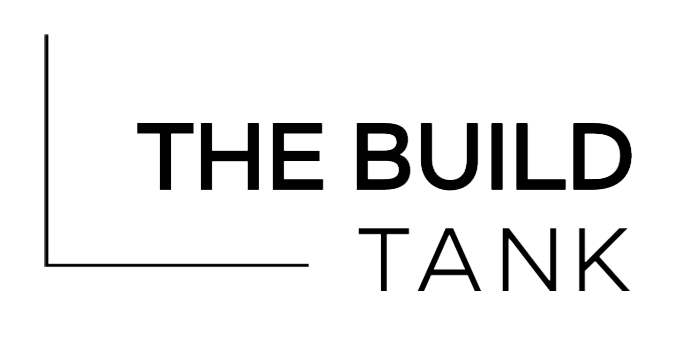Wind resistance or wind at your backs?
If your organization’s technology is not excellent – and I mean freaking excellent – then it’s slowing down every single member of your operation, just about every hour, every day.
Your staff are doing their best to captain their sailboats through unpredictable waters, and each of those technology issues holding them back are headwinds making travel slower. Sometimes it’s intense wind, and other times it’s subtle. Some of your captains might not even notice it that much, they’re just out there sailing. A little wind is normal out here, isn’t it?
But as a leader, when you step back and look at your overall fleet, you just know it’s moving slower than it should or it could. Hard to put your finger on why. Sure looks like a nice day for sailing out here.
To be sure, all that resistance adds up. My unscientific estimate, based on some experience here, would be that most people have a 20% - 50% throttle on their productivity, output, and impact. All the time, every day, often without even realizing it.
Even if you wanted to chop my low-end estimate in half to 10%, which is frankly is unrealistically low, it’s still an incredible rate limit on everything your people can accomplish. Now multiply that by nearly every single member of your operation. That should be flatly unacceptable to any organizational leader. It’s costing you so much money, so much time, so much impact, so much staff retention, so much strategic insight, and the list goes on. It’s holding back everything.
And in most cases it’s worse than just wind resistance on your fleet. It’s more like leaks in the hull, or maybe even engines installed in reverse and actively pulling you backwards.
In other words, there’s a hidden tax being levied on everything that everyone can accomplish, all the time. Are you ok with that?
•
When you fix your technology and get it on the road to being truly excellent, you not only start to eliminate that wind resistance — solving for those rampant frustrations and hurdles that are slowing people down — but something else important happens.
High quality technology systems actually start putting wind into people’s sails, pushing them farther and faster in the right direction. Steadily, surely, when technology is managed in the right way, you’re not only solving for problems, but you also start spotting and grasping new opportunities. Slowly at first, and then ever more rapidly, speed and opportunity building upon itself.
You’re accomplishing things that weren’t even blips on anyone’s radars back when the wind was making progress slow and arduous.
You still may not be able to quite put your finger on it, but things are just starting to click, starting to take off. You sure have an impressive team of sailors, don’t you. You sure have a resonant mission. Things sure are turning a corner, aren’t they.
A flywheel effect takes hold, and the returns become so pervasive and so deeply enmeshed in everyone’s work that it’s actually hard to measure the results cleanly. But if you could somehow accurately track those returns, they would map out an exponential curve, with successive wins compounding upon each other.
If you aren’t feeling those kinds of returns, then you’re probably doing your technology wrong. Fine, so are most organizations. But you can start doing it right. Here’s our roadmap if you want to DIY, and here are our services if you want guidance.
Because when you get this right, not only will you start to reduce that wind resistance, but you’ll see your fleet start to really fly, with the wind at their backs. Wasn’t this the reason you wanted to invest in technology systems to begin with?

